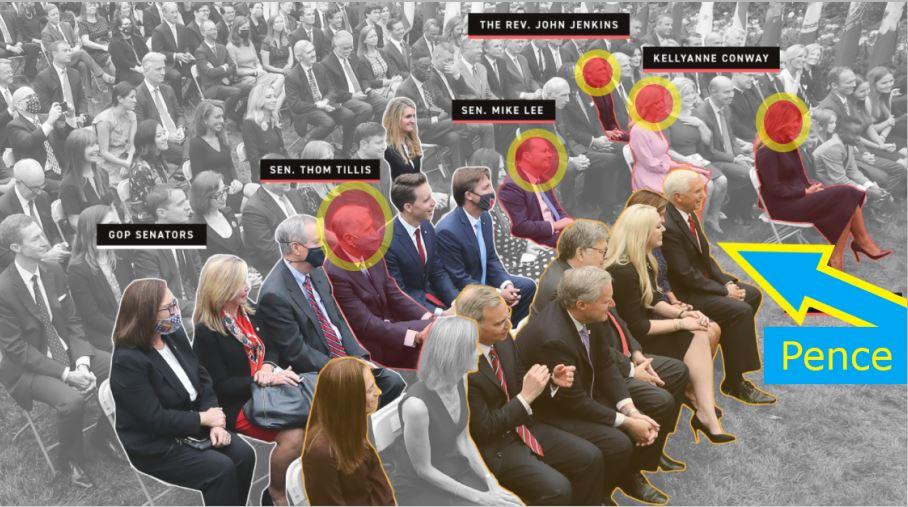The crime itself was ordinary: Someone smashed the back window of a parked car one evening and ran off with a cellphone. What was unusual was how the police hunted the thief.
Detectives did it by secretly using one of the government’s most powerful phone surveillance tools — capable of intercepting data from hundreds of people’s cellphones at a time — to track the phone, and with it their suspect, to the doorway of a public housing complex. They used it to search for a car thief, too. And a woman who made a string of harassing phone calls.
In one case after another, USA TODAY found police in Baltimore and other cities used the phone tracker, commonly known as a stingray, to locate the perpetrators of routine street crimes and frequently concealed that fact from the suspects, their lawyers and even judges. In the process, they quietly transformed a form of surveillance billed as a tool to hunt terrorists and kidnappers into a staple of everyday policing.
The suitcase-size tracking systems, which can cost as much as $400,000, allow the police to pinpoint a phone’s location within a few yards by posing as a cell tower. In the process, they can intercept information from the phones of nearly everyone else who happens to be nearby, including innocent bystanders. They do not intercept the content of any communications.
The Emergency Election Sale is now live! Get 30% to 60% off our most popular products today!



